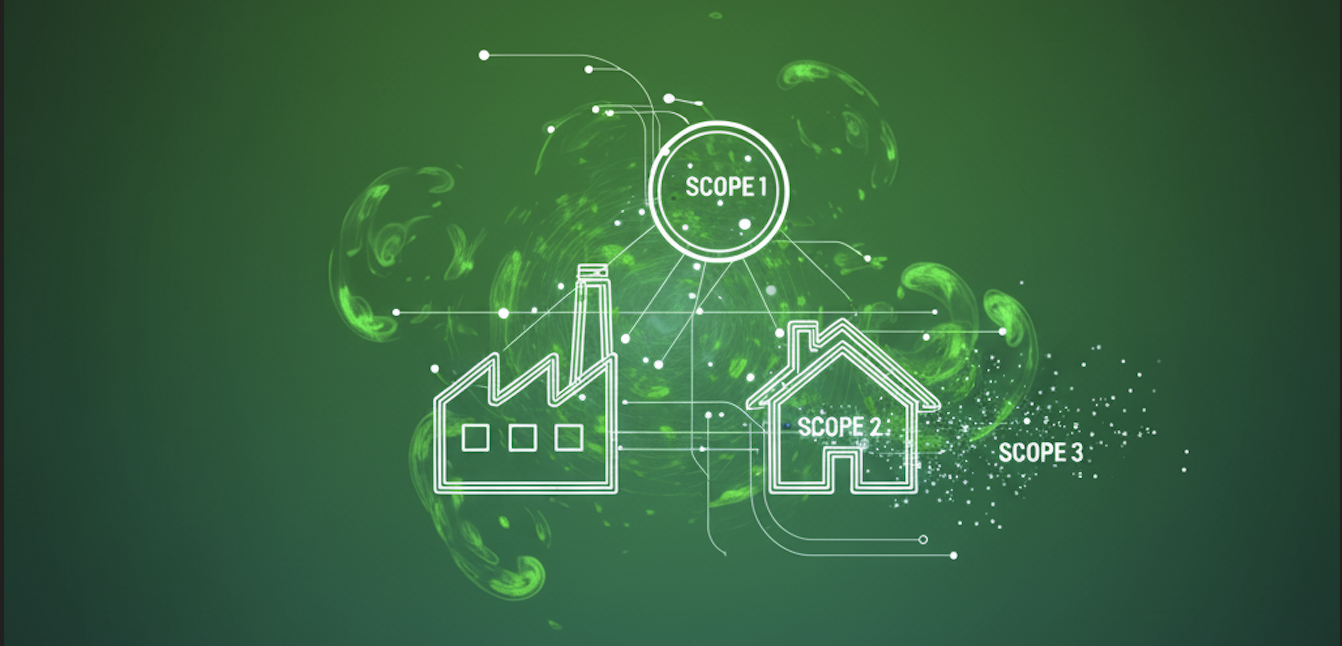AI Scope 3 Emissions - Concept Note
September 19, 2025

September 19, 2025

Net Zero - It’s a phrase that has rapidly evolved from a lofty aspiration to a serious, tangible commitment for companies worldwide. No longer just a marketing ploy, achieving net zero has become a strategic imperative, driven by regulatory pressure, investor demands, and a stark awareness of climate change's profound impact. Businesses are finally putting their money where their mouth is, working towards a truly decarbonized economy.
This critical shift, however, highlights a fundamental problem that remains largely unsolved: the standardized and accurate reporting of Scope 3 Carbon Emissions. These are the indirect emissions that occur across a company's entire value chain, and while they are often the largest part of a company's footprint, they are also the most difficult to measure.
This is an exploration of that problem, the immense opportunity it presents, and a potential solution I've conceptualized. Here’s the structure we'll follow:
To grasp the challenge, we first need to understand the categories defined by the widely adopted GHG Protocol. Let's break this down.
The GHG Protocol splits Scope 3 into 15 categories, including everything from purchased goods and business travel (upstream) to the consumer's use and disposal of the company's products (downstream). For any credible net-zero strategy, tackling Scope 3 isn't optional; it's the main event.
While the critical requirement for Scope 3 reporting is clear, the business world currently grapples with a significant hurdle: there are no universally accepted solutions for attributing emissions from suppliers and consumers to a company’s specific emission levels. Even major international bodies like the World Bank and the United Nations are yet to establish a standardized format for attributing supplier emissions, let alone those of consumers.
This lack of standardization creates a fragmented landscape where companies are often compelled to develop their own internal solutions.
Supplier-Side Problem
To address the supplier-side issue, businesses have started coming up with their own frameworks for attributing supplier emissions. These frameworks often involve varied approaches to gather data, given the complexities of collecting primary information from a diverse supplier base. Therefore, there's a need for software that allows companies to develop customized frameworks to solve their specific reporting needs.
Consumer-Side Challenge
Due to the inherent complexities of measuring and attributing consumer emissions, there has been no significant advancement in methods to accurately measure them. Companies are now willing to explore and try out technology solutions in pursuit of a breakthrough that can at least provide a credible estimate of the emissions attributable to them.
Some initial, nuance-free, first-principles approaches might include:
These areas—supplier and consumer reporting—represent two of the most important unsolved issues in a world moving towards stricter carbon emission reporting and the introduction of carbon credits.
My thesis is that we can tackle this problem with an automated and credible software solution, built by approaching the problem sector by sector. My background in chemical engineering makes me believe the chemical or steel sectors are the perfect place to start.
The plan of action would be a multi-year deep dive:
While a number of start-ups are trying their hand at carbon reporting, there is no clear winner in the market. Established enterprise software providers like SAP are not the obvious solution because this challenge extends beyond mere data entry; it requires innovation in reporting methodologies and attribution.
The future of carbon accounting demands a certain level of integration across the entire value chain, with friction in the reporting and credit process needing to decrease significantly. This presents a unique opportunity - the market leader in the emissions reporting space could become the de facto voice in carbon credit certification. This position could then allow them to play a significant role in becoming the interface for the carbon credits exchange market. Given that the carbon credit market is designed to be international, this presents a substantial international growth opportunity.
My vision is to be at the forefront of this crucial evolution, providing a solution that can help businesses navigate the complexities of Scope 3 emissions and accelerate the transition to a Net Zero economy.
It is a fair question to ask - if the opportunity is this significant, why not build it? I have analyzed this from multiple angles, and the logic for pursuing it is compelling. The climate-tech sector is critical, the market gap is clear, and my technical background provides a credible foundation.
But the brilliance of an idea is only one part of the equation. The other, more critical part, is the brutal reality of its execution. Unlike a lean software startup that can iterate quickly and find product-market fit within 18-24 months, this venture operates on a completely different paradigm. I believe the path is defined by three almost insurmountable initial hurdles:
In the end, my decision came down to a simple acknowledgment: this is not a project one simply "spins up." It is a foundational, infrastructure-level play. While the potential is immense, I recognized that my personal runway and appetite for this specific type of multi-year, high-stakes diplomacy were not aligned with what the mission requires. For now, it remains a thoroughly vetted but unbuilt idea. A powerful problem still waiting for the right team with the right timeline.